▼ Reference
- Dabirian F, Ravandi S A H, Pishevar A R, Abuzade R A. A comparative study of jet formation and nanofiber alignment in electrospinning and electrocentrifugal spinning systems. Journal of Electrostatics 2011; 69: 540.
- Edmondson D, Cooper A, Jana S, Wood D, Zhang M. Centrifugal electrospinning of highly aligned polymer nanofibers over a large area. Journal of Materials Chemistry 2012; 12: 18646.
- Kancheva M, Toncheva A, Manolova N, Rashkov I. Advanced centrifugal electrospinning setup. Materials Letters 2014; 136: 150.
- Kessick R, Fenn J, Tepper G (2004) The use of AC potentials in electrospraying and electrospinning processes Polymer 45 pp. 2981
- Kim KW, Lee K H, Khil M S, Ho Y S, Kim H Y (2004) The effect of molecular weight and the linear velocity of drum surface on the properties of electrospun poly(ethylene terephthalate) nonwovens Fiber Polym. 5 pp. 122
- Krishnamoorthy T, Thavasi V, Akshara V, Kumar A S, Pliszka D, Mhaisalkar S G, Ramakrishna S. Direct Deposition of Micron-Thick Aligned Ceramic Nanofibrous Film on FTOs by Double-Needle Electrospinning Using Air-Turbulence Shielded Disc Collector. Journal of Nanomaterials 2011; 739241. Open Access
- Leach M K. Biomimetic Electrospun Fibers for Peripheral Nervous System Repair. University of Michigan, PhD Thesis 2013. Open Access
- Liu S L, Long Y Z, Zhang Z H, Zhang H D, Sun B, Zhang J C, Han W P. Assembly of Oriented Ultrafine Polymer Fibers by Centrifugal Electrospinning. Journal of Nanomaterials 2013; 713275. Open Access
- Milleret V, Simona B, Neuenschwander P, Hall H. Tuning electrospinning parameters for production of 3D-fiber-fleeces with increased porosity for soft tissue engineering. European Cells and Materials 2011; 21: 286. Open Access
- Sun B, Long Y Z, Yu F, Li M M, Zhang H D, Li W J, Xu T X (2012) Self-assembly of a three-dimensional fibrous polymer sponge by electrospinning. Nanoscale 4 pp. 2134.
- Tomaszewski W, Kudra M, Ciechanska D, Szadkowski M, Gutowska A. Electrospinning of Aligned Fibrous Materials on an Inner Rapidly Rotating Cone Surface. Fibers & Textiles in Eastern Europe 2012; 20, 6B: 44. Open Access
- Zussman E, Rittel D, Yarin A L (2003) Failure modes of electrospun nanofibers Appl. Phys. Lett. 82 3958
▼ Credit and Acknowledgement
Author
Wee-Eong TEO View profile
Email: weeeong@yahoo.com
 ElectrospinTech
ElectrospinTech

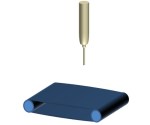
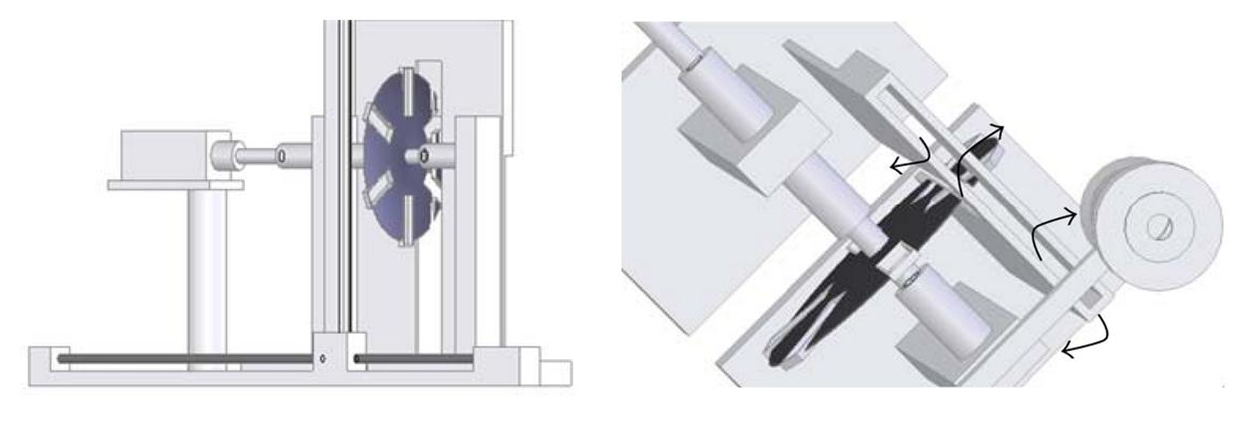
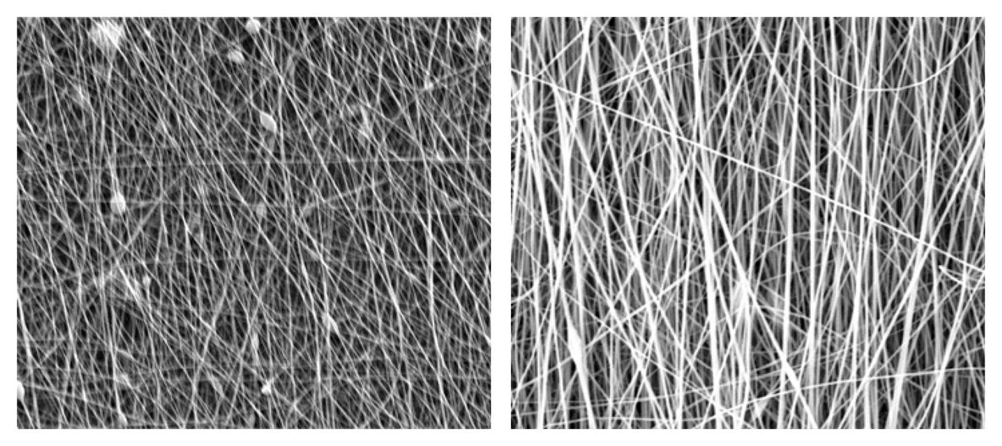

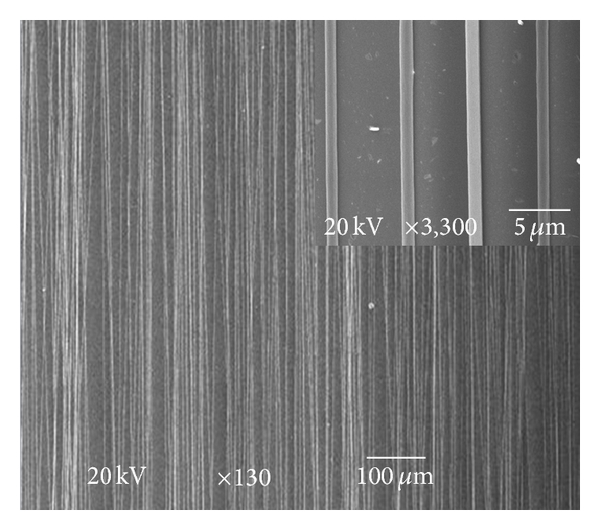
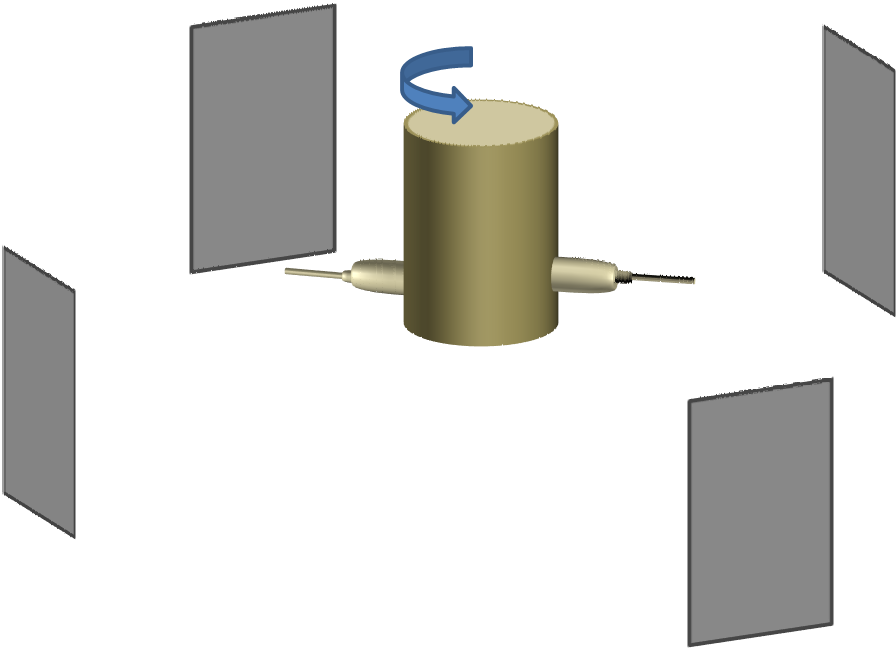
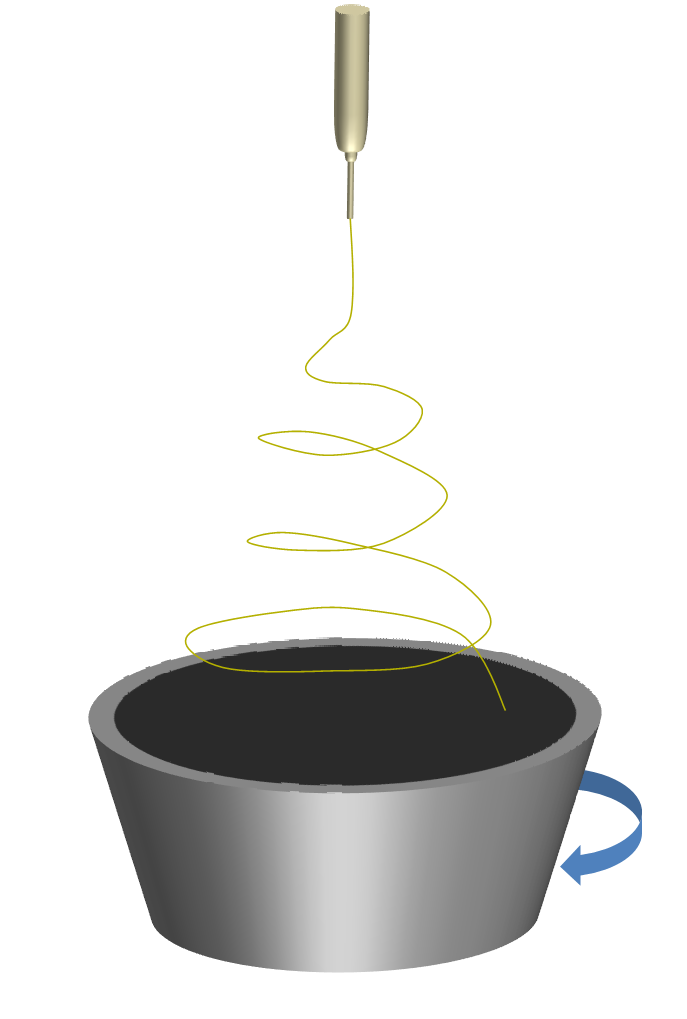 Fig 5. A variant of centrifugal electrospinning setup where a porous rotating bowl or cup is used to collect aligned fibers.
Fig 5. A variant of centrifugal electrospinning setup where a porous rotating bowl or cup is used to collect aligned fibers.
